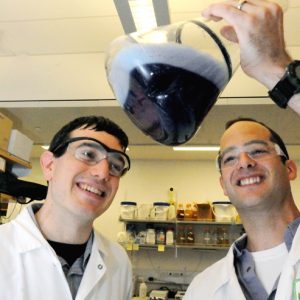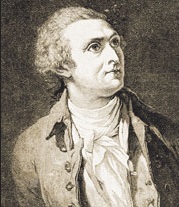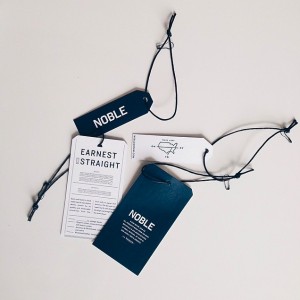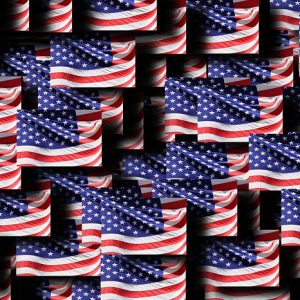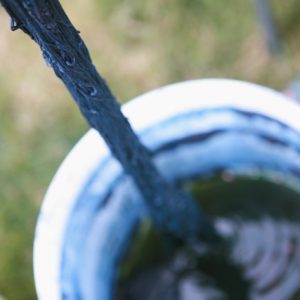Easy and Fun DIY Indigo Dyed Easter Eggs
Here’s a fun way to do some easy DIY indigo-dyed Easter eggs! About Food says that “Easter falls in the spring, the yearly time of renewal, when the earth renews itself after a long, cold winter. The word Easter comes to us from the Norsemen’s Eostur, Eastar, Ostara and Ostar and the pagan goddess Eostre all of which include the season of the growing sun and rebirth. The ancient Egyptians, Persians, Phoenicians, and Hindus all believed the world began with an enormous egg, thus the egg as a symbol of new life has been around for eons.” I have always … Read more



